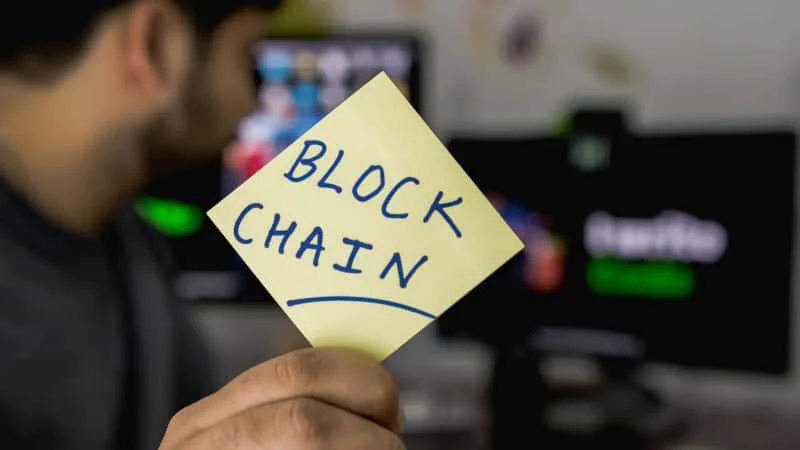Learn Everything About Blockchain ETFs
This article contains information on blockchain ETFs, which are assets as well as securities predicated on the blockchain.- Article authored by Kunal Chowdhury on .
This article contains information on blockchain ETFs, which are assets as well as securities predicated on the blockchain.- Article authored by Kunal Chowdhury on .
Blockchain is a recent innovation as contrasted with that of others. However, businesses involved in this sector are established really well, Examples are businesses like SAP, IBM, and Amazon.com. Companies looking to speculate on and engage in this technology choose to buy stocks from regulated businesses through platforms found here that stocks in businesses engaged in the blockchain sector are owned via ETFs or Exchange-Traded Funds.

This article contains information on blockchain ETFs, which are assets as well as securities predicated on the blockchain. We'll talk about what ETFs are, how they work, why people should think about investing in them, how they compare to other investment alternatives, and how they vary from them. The article also gives suggestions as well as a checklist for those who want to buy these products.
An exchange-traded fund (ETF) is a type of investment that is built on an associated asset with some sort of value. A blockchain ETF, for example, focuses on investing in blockchain assets such as virtual currencies, equities of blockchain-based enterprises, or crypto trading operations, to mention a few. A blockchain ETF often does not invest in firms that work with cryptocurrencies like Bitcoin, though.
A user invests in the assets when they purchase an ETF. The potential value of its investment inside the fund will determine the extent to which they are entitled to benefit from the expansion of the associated assets. Like it would have occurred if they had owned stocks, they do not possess the assets associated.
As a result, investors benefit from the fund's growth in the form of consistent dividend payments. Similar to how people may sell or purchase stocks in the stock markets, ETFs are likewise exchanged in the regular ETF exchanges.
Since ETFs are becoming more popular with time, brief information has been shared on this topic that is written above.
Thank you for visiting our website!
We value your engagement and would love to hear your thoughts. Don't forget to leave a comment below to share your feedback, opinions, or questions.
We believe in fostering an interactive and inclusive community, and your comments play a crucial role in creating that environment.